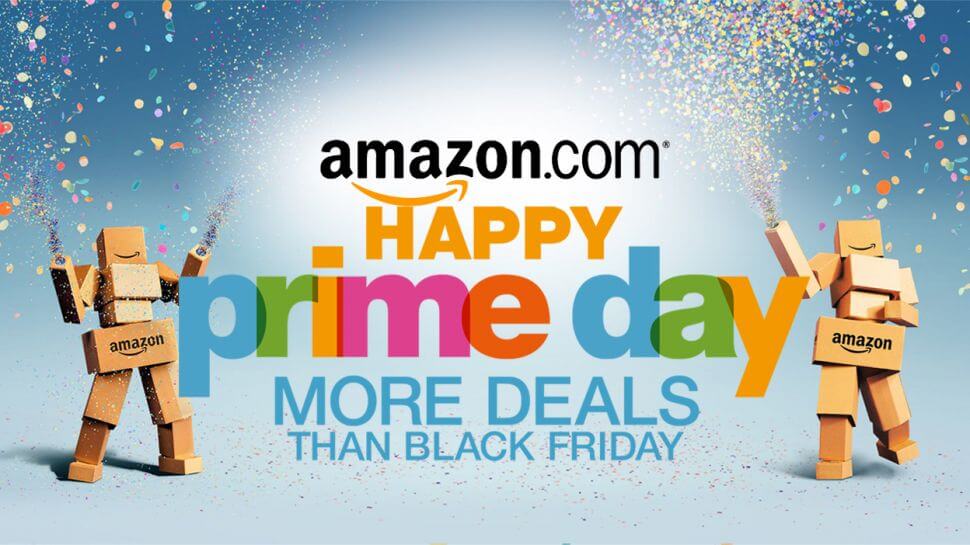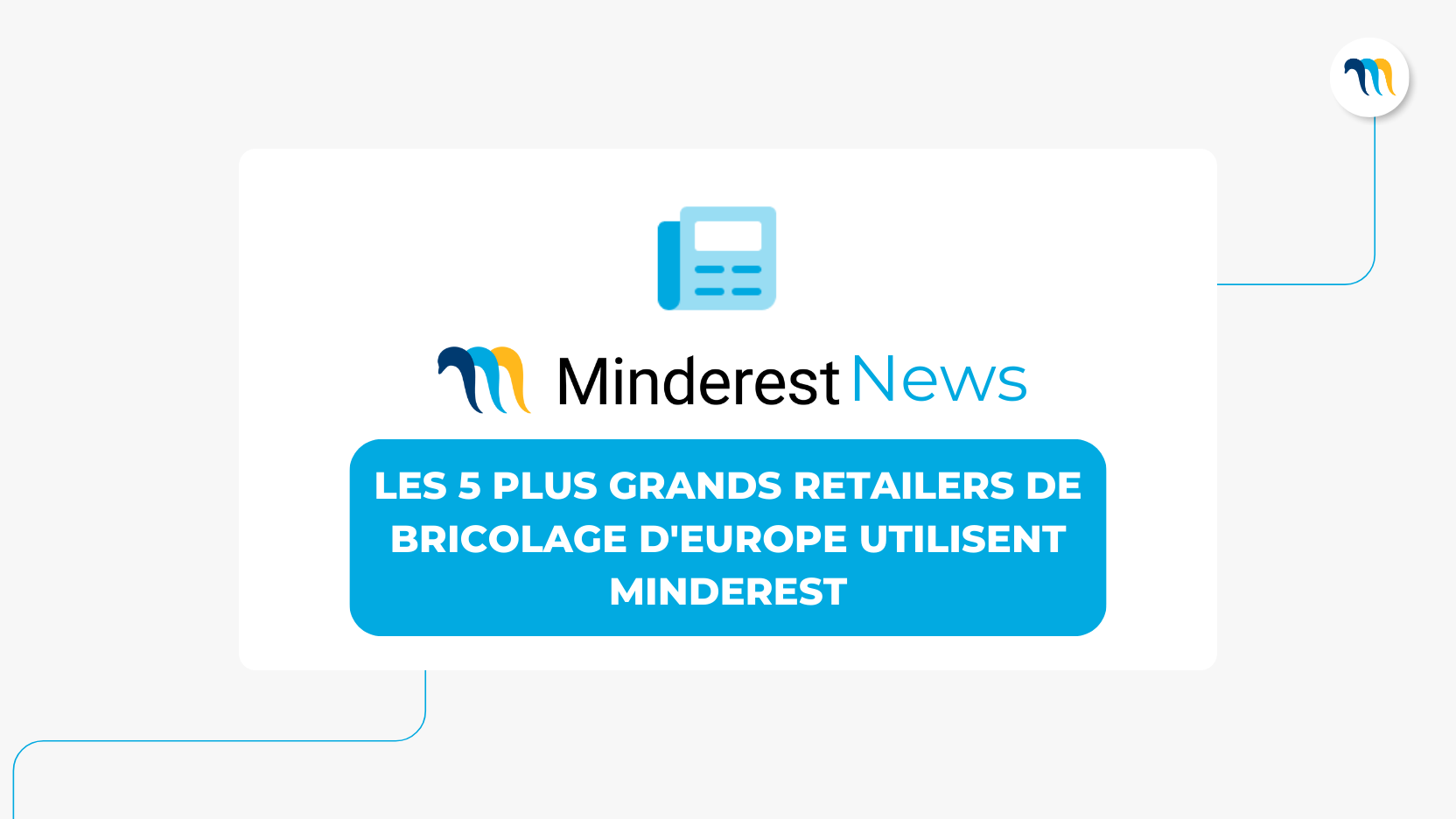

Last Monday, July 10, Amazon began 30 hours of great discounts for its Prime customers. At Minderest, we wanted to analyse in detail the pricing strategy carried out by Amazon on one of its star days.
For the elaboration of this study a random sample of all the categories, with a volume close to one third of the products that were offered during the 11 of July was selected.
Starting the analysis with the type of assortment, the average price of the offers analysed was approximately € 79. On the other hand, if we calculate the average price on the previous price that these offers had, we get a figure close to 96 €, as to say, that the majority of the offers that Amazon marketed during the Prime Day were articles below the barrier of 100€.
If we calculate the discounts applied on each product in relation to the price of the offer and its previous price, we obtain an average discount of 18.5%. It is important to compare this figure with the discount that we would get if we make this same calculation with respect to the recommended price, since the discount rises significantly to 32.5%. The way in which Amazon showed the discounts to its customers was this second way, that is to say, with respect to the price recommended by the manufacturer, which has a greater attraction effect for the consumer because notably greater discounts are shown.
Regarding the magnitude of the offers, they compared the price of these with those that could be found by consumers on the 11th in the popular price comparator Google Shopping. Approximately 80% of Amazon's offers had the best price, with an average discount of 12% compared to the comparator. If we contrast these offers with the average price of Google Shopping, the data improves significantly, since Amazon had the best price on 90% of the occasions with an average discount of 22% over Google Shopping.
In conclusion, Amazon Prime Day managed to be the best offer 80% of the time, with an assortment around €100 and applying average discounts of 12% on the cheapest price on the market.
Découvrez comment Minderest peut booster votre commerce.
Contactez nos experts en tarification pour voir la plateforme en action.
Articles apparentés
.jpg)
Qu’est-ce que la directive Omnibus et comment l’intégrer dans votre stratégie de prix
La directive Omnibus a chamboulé le monde des eCommerces et des marketplaces, en établissant de nouvelles règles concernant la visibilité des prix sur les sites Internet de vente. Malgré son....jpg)
Qui vend sur les marketplaces et à quels prix?
Savoir qui vend les mêmes produits que vous et à quels prix est crucial pour la stratégie de n’importe quelle marque ou retailer. C’est pourquoi chez Minderest nous avons voulu consacré un article à...